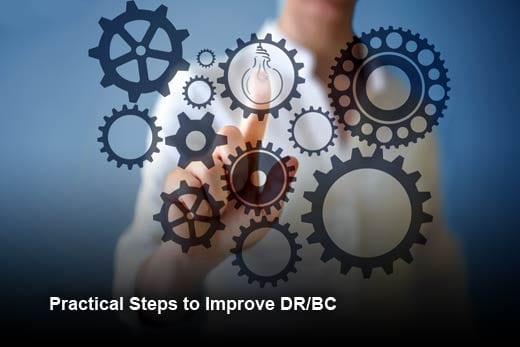
Improving backup and continuity is frequently listed as a top five priority for IT organizations, but for many organizations, backup and recovery processes need to improve a lot, not just incrementally.
Today, enterprises often run backup tools, and rely on business continuity processes, designed for older platforms developed before elastic clouds, near-ubiquitous virtualized workloads, or SaaS applications began to dominate the IT landscape. Numerous businesses also still use solutions that rely on tape for retaining data. These systems are inefficient, costly, and difficult to manage. They can’t scale to serve exponential data growth. They don’t respond well to new threats like ransomware. They make it more difficult to execute on digital transformation or other strategic initiatives. Worst of all, you cannot confidently rely on them to work 100 percent of time for minor incidents, never mind during a disaster.
Fortunately, you no longer have to live with these problems. Backup technologies and data recovery (DR) solutions have improved dramatically in recent years. With today’s modern solutions, enterprises should be able to transform backup and recovery from a low-level legacy IT function to a modern function delivering continuity and value to the entire business. In this slideshow, Unitrends has identified seven practical steps that can be taken today that will dramatically change how continuity is delivered, while helping to establish disaster recovery systems that support any technology or business strategy.
Source: IT Business Edge







